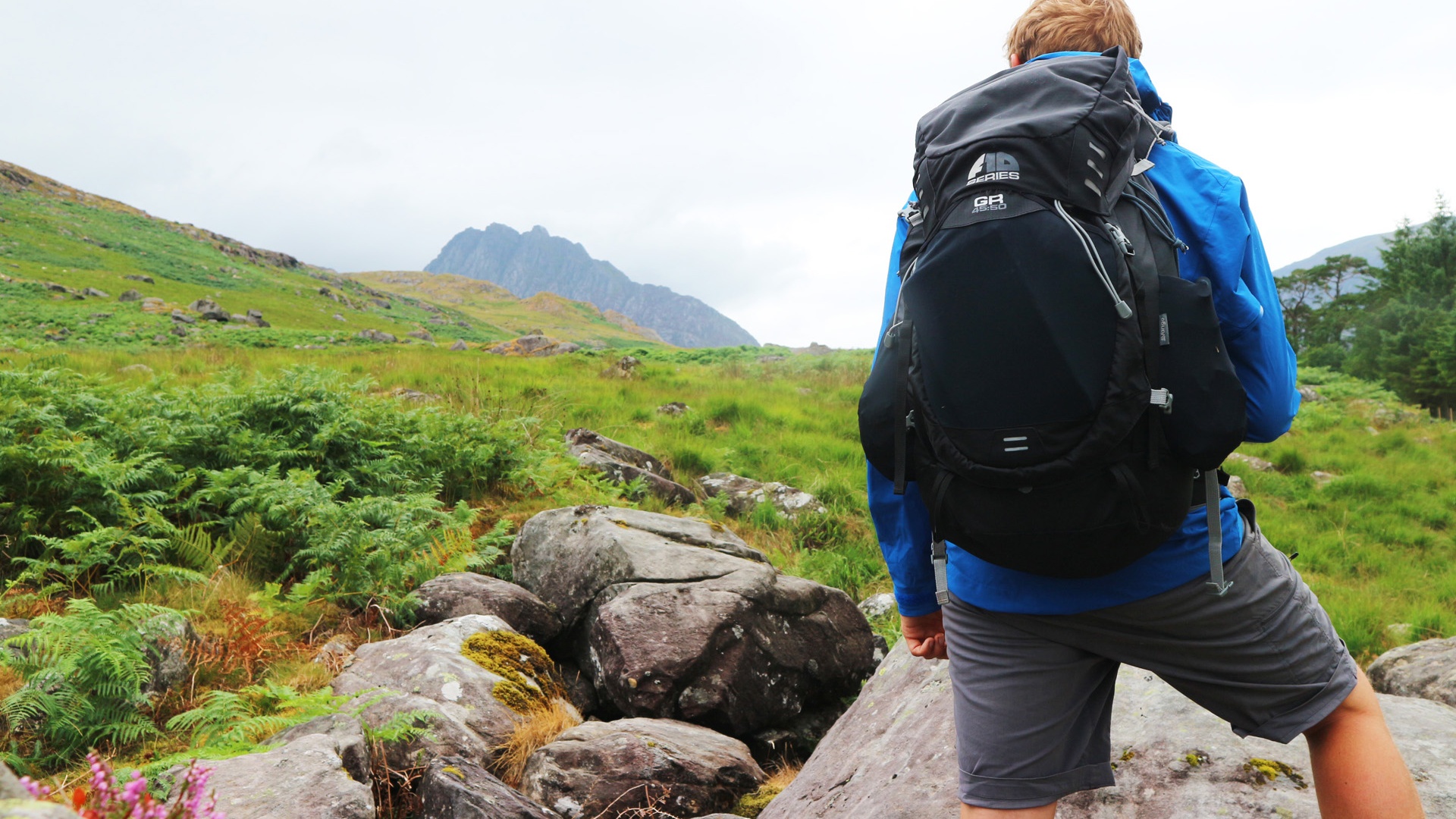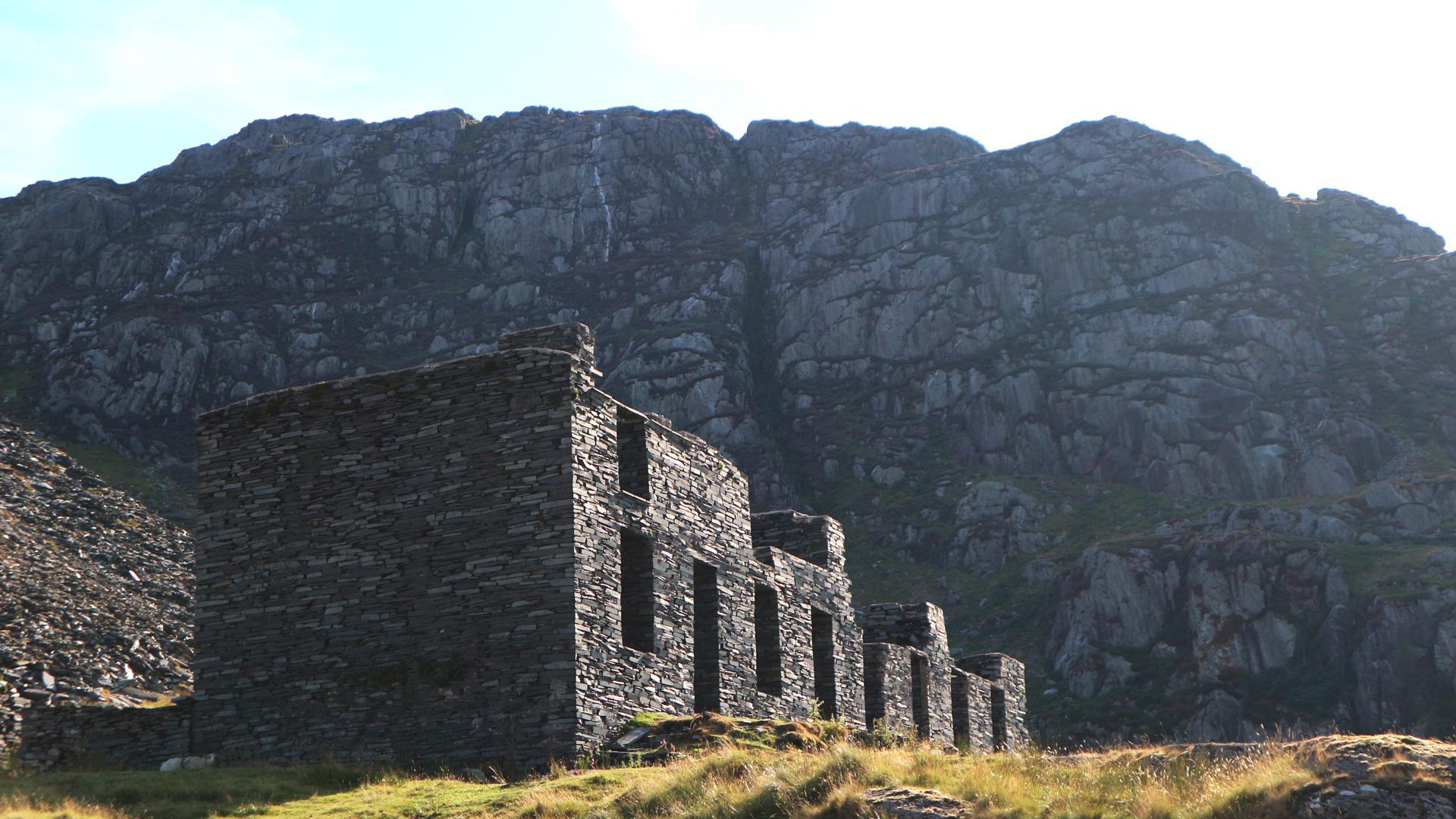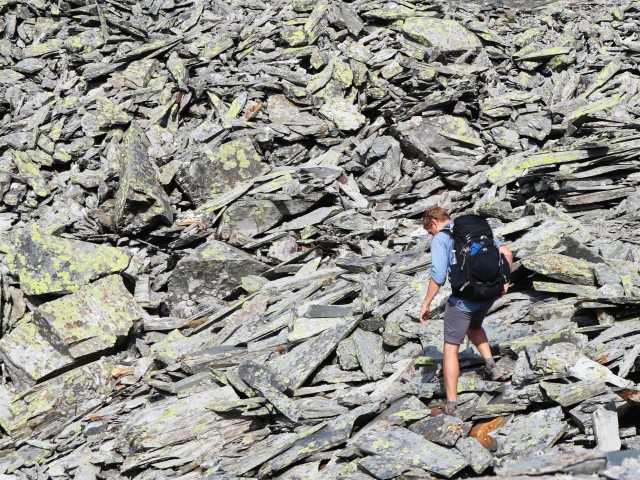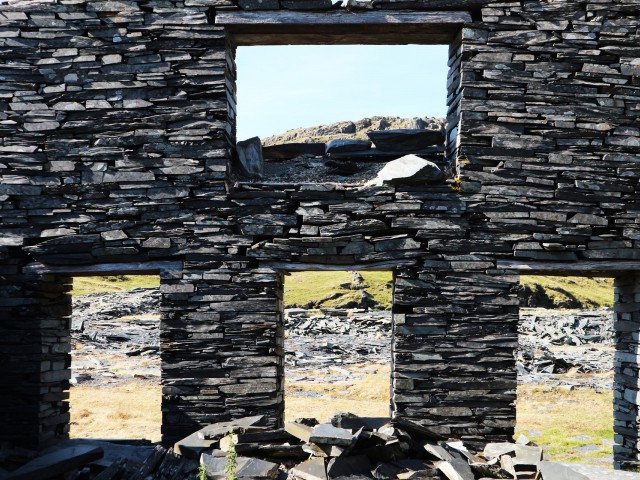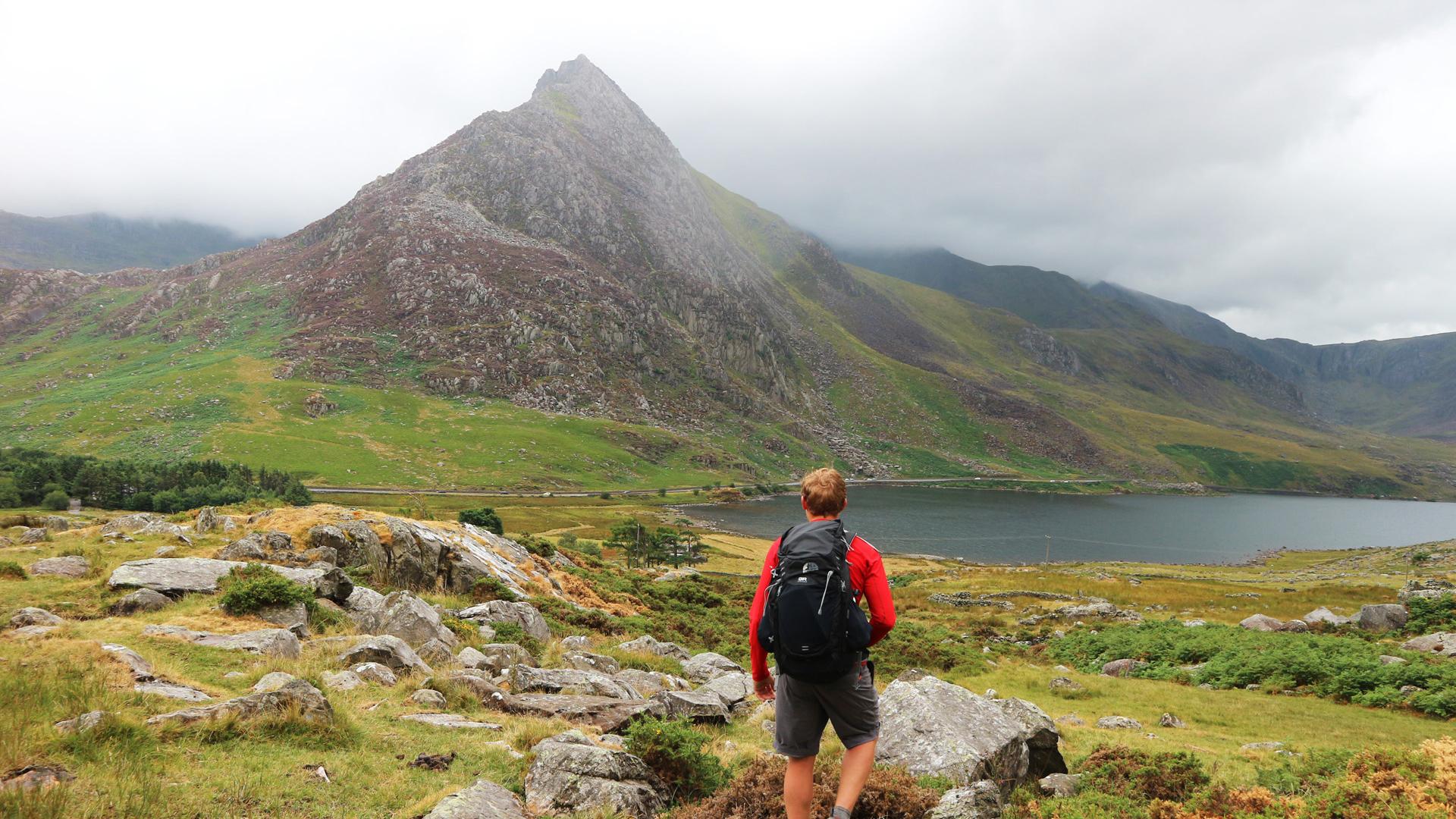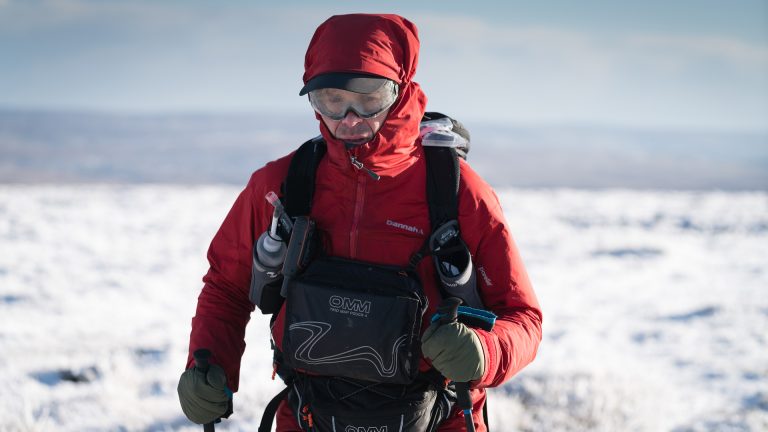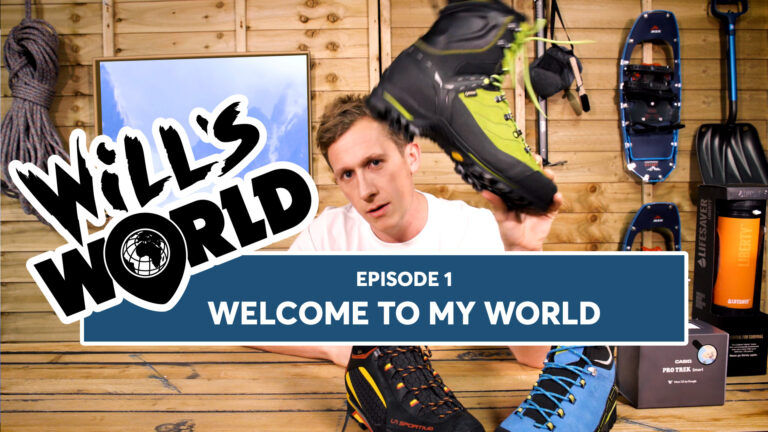Snowdonia slate wasn’t just sought after throughout the world for its quality, but also for its aesthetic, coming in rich purples or a kind of patina-like green. From the hilltop I was walking across I could see Anglesey and the whole north west coast of Wales. I could see that long and high flowing line of Nantlle Ridge, and not much further in the distance, Snowdon in all its glory.
On the other side of a jungle of ferns I found Dorothea Quarry where 350 men were employed during the 1930s. Today, all that remains are the skeletons of the buildings; piles of slate formed into tall gables and leaning walls waiting to fall one day, perhaps during a particularly harsh Snowdonia winter. Rusted machinery and tools lie strewn around here, unmoved since the last days of the industry in the 1970s.
That night I pitched down by the lake within the valley, and, while the water in my stove bubbled gently, the sun began to set, and the swallows swooped around me, I looked back up to the quarry, trying and failing to imagine the chaos of sound and sight that would once have come from it.
A Wander Through Waterfall Country
The Slate Trail’s route sticks mostly within Snowdonia’s valleys, going through the mountains rather than over them. The occasions when it does rise up high is to visit the quarries, and these are long, tough slogs. One of the hardest ones for me was on Day Three of hiking with the lung-busting, calf-straining ascent to the ruins of Rhosydd mine. Back in the slate days, those who worked here would have set off from their homes late at night on a Sunday in order to reach work on the mountaintop by 6am. They’d then stay in the barracks during the week. Short, tough lives.
“…this trail could earn itself the status of ‘a Classic’”
Discovering the fascinating slate heritage of the area was something I had expected before I had set out on the hike, but there was a completely different aspect that I hadn’t pre-empted, and this was the amount of incredible deep river pools to swim in. I can’t think of anywhere I’ve visited that’s been better for it. One of the finest spots was within an area surrounding Blaenau Ffestiniog which, despite being slap bang at the centre of Snowdonia, isn’t actually within the National Park. (The ‘town that once roofed the world’ is still very much recovering from the end of the slate days and a decision was thus made to make it exempt from the Park’s regulations so as not to scare away any potential employers).

The Slate Trail markers guided me from the old high street of Blaenau Ffestiniog down off the hill, through fields and eventually into sun speckled woodland to weave between the pines. I came to a ravine with a waterfall streaming down into it from a narrow gap above. Below me, a deep, clear pool glistened. I threw down my pack, kicked off my shoes, emptied my pockets and jumped down into the cool water.
The Perfect Ending
By my fifth and final day on the Snowdonia Slate Trail, my body and mind had just about made the adjustment to life on the move; when I can tolerate the physical strain and my mind seems to calm, declutter and become focussed simply on enjoying my surroundings.
Related: Best Walks In Snowdonia
The route led me right through the length of the Arthurian landscape that is the Ogwen Valley, following the river as it flows between the towering mountains on all sides and skirting along the base of that gem of Snowdonia: Tryfan. Ask a six year-old to draw a picture of a mountain and something resembling Tryfan will be what they will produce, a perfect pyramid of rock that’s pinched to a point at the top.
In the latter stages of the West Highland Way, you reach Rannoch Moor to be presented with a perfect view of the beautiful shape of Buachaille Etive Mor – the reward for your efforts and toil over the last few days. And it’s the exact same case with Tryfan at the end of this route.
The Snowdonia Slate Trail reminded me so much of that trail through Scotland. They’re a similar length, they’re both equal in their wildness and in their difficulty, and they both seem deliberately designed to give you the greatest slice of a country.
Unlike the West Highland Way, however, no one has cottoned onto the Snowdonia Slate Trail yet. Once they do, I think this could earn itself the status of ‘a Classic’.

“I was wondering if you could help me with a bit of a strange request,” I overheard an American man asking a waitress at the cafe I had stopped off at on my last day on the trail. “I was here in Snowdonia about 30 years ago to film a movie at one of the abandoned slate quarries around here and I’m trying to find it again. Can you think where that might’ve been? It was a very, very atmospheric place – like somewhere from out of this world.”
Where to start? I thought to myself.
Outdoors Magic’s editor Will used F10’s new GR 45:50 for the Snowdonia Slate Trail. With its ergonomic, adjustable back system, excellent load distribution and range of storage options, it’s a backpack that’s perfect for any multi-day adventure.
Walk The Snowdonia Slate Trail Yourself
Distance: 83 miles
Start: Bangor (served by regular trains from stations around the country)
Finish: Bethesda (regular buses link Bethesda with Bangor)
Time: 4-6 days
Difficulty: The terrain is varied. Expect some steep climbs and rough, boggy ground in parts. The waymarking is very good though navigation skills are still essential.
Accomodation: A number of campsites and B&Bs line the route (visitsnowdonia.info)
More info: snowdoniaslatetrail.org
You May Also Like:
Walking the Cambrian Way
Walking the Snowdonia Way

